Understanding Damp and Its Causes
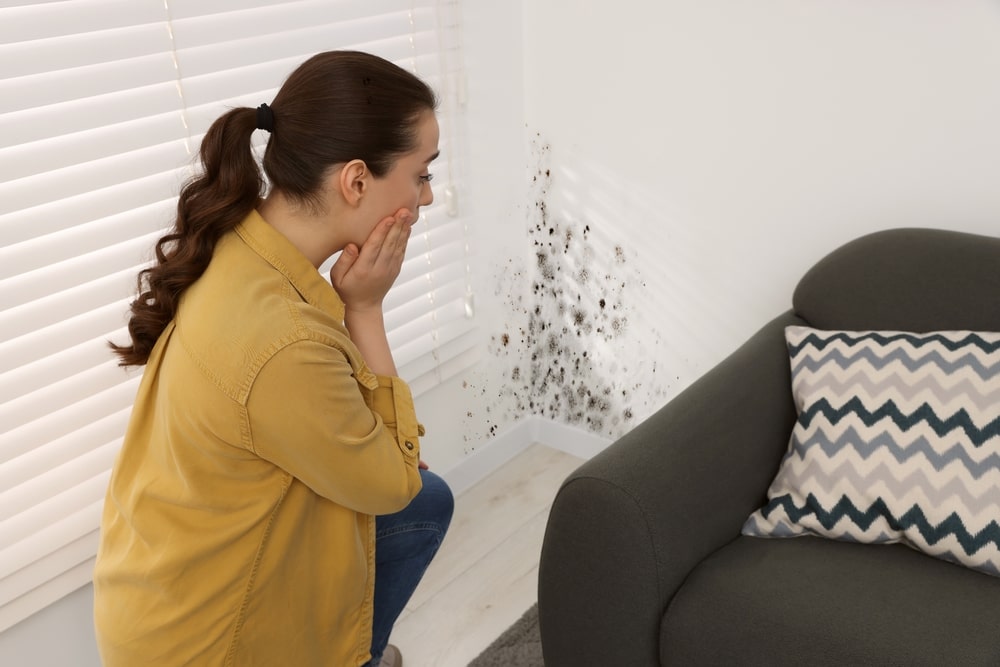

Dampness in homes is more than just a cosmetic issue. It’s one of those sneaky problems that can start as a small patch and quickly spiral into something far more serious. From peeling paint to structural damage, excess moisture can wreak havoc on your living space. But what exactly is damp, and why is it such a problem?
In simple terms, damp is moisture that shouldn’t be in your home. It can come from various sources—leaky pipes, poor ventilation, or even just the daily activities we take for granted like cooking and showering. Left unchecked, it can lead to mould growth, health problems, and costly repairs. But don’t worry—it’s not all doom and gloom. With the right knowledge and strategies, preventing damp is entirely doable.
In this guide, we’ll dive deep into how you can stop damp in its tracks, from practical tips to the role of dehumidifiers. We’ll also explore specific types of damp, like condensation, rising damp, and penetrating damp, and how you can tackle each one. Let’s get started!
How to Prevent Damp: Practical Tips and Strategies
Now, let's talk strategy. Damp prevention isn’t rocket science, but it does require a bit of vigilance and know-how. The good news? You don’t need to overhaul your entire house to keep it dry and healthy. Let’s get into the nitty gritty.
Improve Ventilation


First tool in your damp prevention toolkit: ventilation. Homes are like us; they need to breathe! Without proper airflow, moisture has nowhere to go, leading to damp patches and mould. The fix? Start simple by opening windows regularly, especially in rooms that generate a lot of moisture, like kitchens and bathrooms.
If that’s not enough, extractor fans can be a game-changer. They work wonders at expelling steam from showers and stovetops, helping maintain a balanced humidity level inside your home.
Manage Humidity Levels
Keeping humidity below 60% is essential for a damp-free home. You can easily track moisture levels with a hygrometer, which is an inexpensive but invaluable tool. If your home’s humidity is consistently high, investing in a dehumidifier could save you from future headaches (and damp patches).
Dehumidifiers help regulate moisture levels by pulling excess water from the air. You’d be surprised how much moisture they collect—water that would otherwise linger and settle into your walls and furnishings. Plus, as a little eco-friendly bonus, you can reuse the collected water to hydrate your plants!
Regular Maintenance Practices
Maintaining a damp-free home isn’t just about managing indoor conditions. Outdoor factors matter, too. Gutters, for example, can get clogged with leaves and debris, which leads to water overflow and damp issues indoors. Take the time to inspect and clear your gutters and downpipes regularly.
Another common culprit? Roof leaks. Even a tiny hole can let in enough water to cause dampness. So, stay on top of roof maintenance, check for missing tiles, and ensure your home’s insulation is in good shape. Catching small issues early can save you a fortune in repairs down the line.
The Role of Dehumidifiers in Damp Prevention
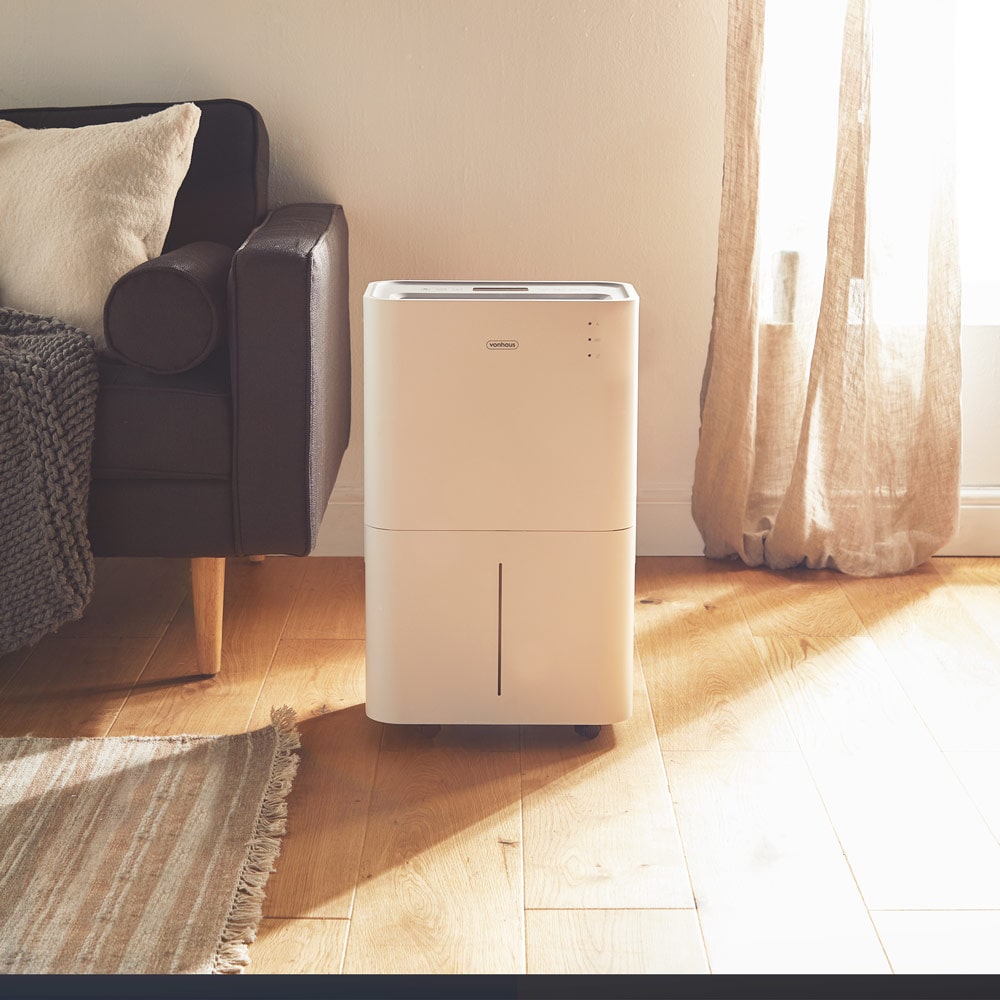

VonHaus 20L Dehumidifier
Let’s take a closer look at dehumidifiers—those unsung heroes in the fight against damp. If you’ve never used one, you might be sceptical (I certainly was!), but once you see how much moisture they pull from the air, you’ll wonder why you waited so long to get one.
How Dehumidifiers Work
Dehumidifiers work by drawing in moist air, cooling it to condense the water vapour, and then collecting the excess water in a tank. This process reduces humidity and helps maintain a comfortable environment. The beauty of these devices is their simplicity—they run quietly in the background, making your home drier without any fuss.
Benefits for Damp Walls
But here’s an important point: dehumidifiers are not a cure-all for damp. They’re excellent for managing humidity and preventing condensation, but they don’t fix structural issues or leaks.
Think of them as part of a larger strategy. If you have damp walls due to rising or penetrating damp, you’ll still need to address the root cause (more on that shortly). A dehumidifier is your first line of defence, but it shouldn’t be your only one.
Choosing the Right Dehumidifier
Picking the right dehumidifier depends on the size of your room and the severity of the damp. Larger rooms require more powerful units, while smaller spaces can get by with compact models.
Make sure to look for energy-efficient options with features like auto shut-off when the tank is full (VonHaus dehumidifiers come with these handy features).
Addressing Specific Damp Issues
Damp can manifest in a few different forms, each with its own causes and solutions. Let’s break them down.
Condensation
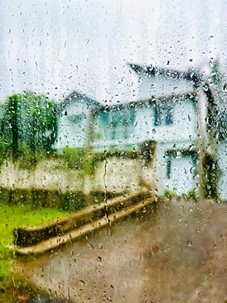

Condensation is probably the most common form of damp. It occurs when warm, moist air hits a cool surface (like your bathroom window or the walls in a poorly ventilated room). The moisture in the air condenses into water droplets, leading to damp patches and, eventually, mould.
How to prevent it? Focus on ventilation and keep humidity levels in check. Dehumidifiers are particularly useful in rooms prone to condensation, such as bathrooms and kitchens. And remember, if you’re seeing condensation build-up, it’s your home telling you it needs to breathe more.
Rising Damp
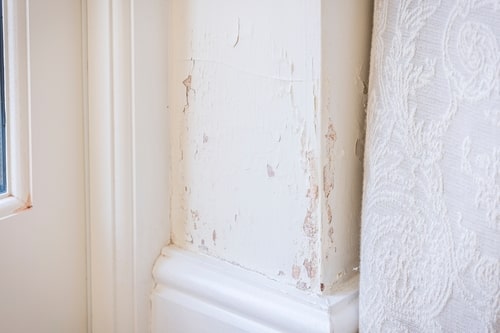

Rising damp is less common but far more serious. It happens when groundwater seeps up through your walls, typically due to a compromised damp-proof course (a protective layer in the walls that blocks moisture). This type of damp causes damage to your wall’s structure, peeling paint, and even crumbling plaster.
Preventing rising damp is more about ensuring your home has the correct damp-proofing in place. If your house is older, you might want to have a professional inspect your damp-proof course to make sure it's doing its job.
Penetrating Damp
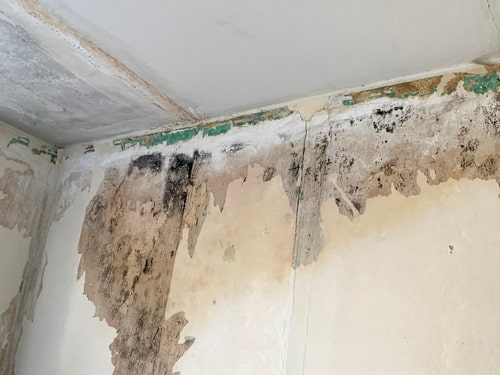

Penetrating damp is caused by water entering your home through external walls. Common causes include faulty roofing, broken gutters, or cracks in the brickwork. This type of damp can spread horizontally through your walls, leading to unsightly patches and further damage if left untreated.
The key to preventing penetrating damp? Regular maintenance. Inspect your roof, pipes, and brickwork for any signs of damage, and fix any issues as soon as you spot them. It’s much cheaper to repair a few roof tiles now than to deal with extensive water damage later.
Maintaining a Dry Home: Long-Term Prevention Strategies
Preventing damp isn’t a one-time fix—it’s an ongoing process. Here’s how to keep your home in tip-top shape long-term:
- Regular Inspections: Schedule routine checks for signs of damp, leaks, or blockages. Staying proactive helps you catch problems before they escalate.
- Timely Repairs: Don’t ignore minor issues. A small leak or a broken tile may seem insignificant, but these problems can lead to bigger, costlier issues down the road.
- Ongoing Maintenance: Keep your gutters, pipes, and roof in good condition, and ensure your home’s ventilation systems are working efficiently.
FAQs
Does a dehumidifier help with damp?
Absolutely! Dehumidifiers are great for reducing dampness and controlling humidity levels, especially in rooms prone to moisture buildup.
How do I get rid of damp in the house?
Start by improving ventilation, controlling humidity, and addressing leaks. Dehumidifiers can also help maintain a healthy moisture level.
What size dehumidifier do I need for damp walls?
The size depends on the room’s dimensions and moisture levels. Larger rooms require more powerful units, while smaller rooms can get by with compact models.
Key Takeaways
Tackling damp is all about being proactive. By improving your home’s ventilation, managing humidity levels, and performing regular maintenance, you can prevent excess moisture from becoming a major issue. Dehumidifiers play an essential role in keeping your space dry, but they’re just one part of the solution.
The real key is addressing the root causes—whether it’s a leaky roof, blocked gutters, or poor ventilation. By following these steps, you’ll not only protect your home but also improve its comfort and longevity. Ready to start your damp prevention journey? Check out our range of dehumidifiers to give your home the helping hand it needs!


